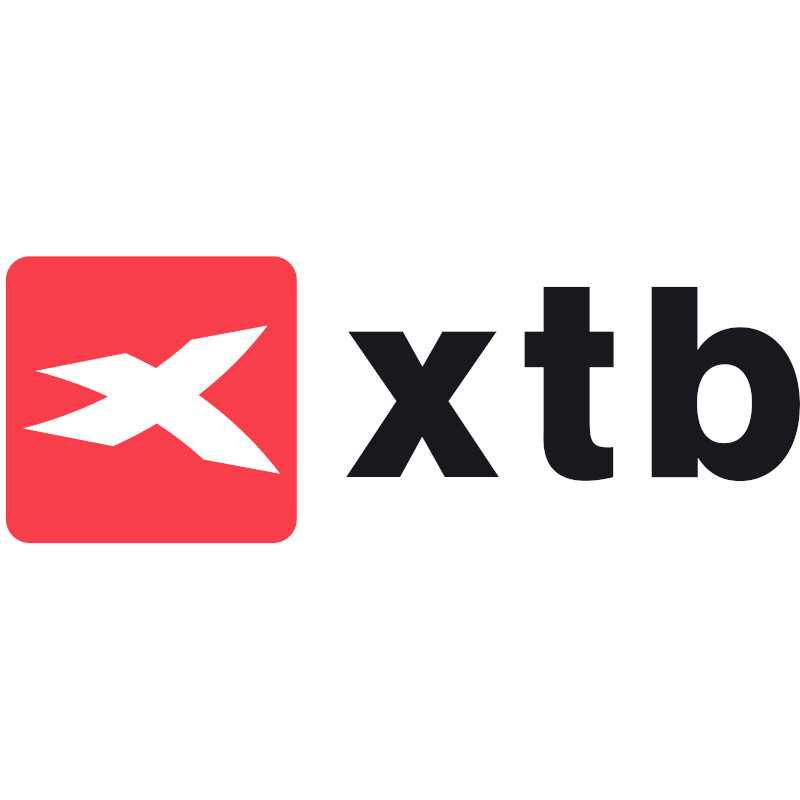
By Kathleen Brooks, research director at XTB.com
The sell off in Nvidia’s stock has focused minds on the outlook for US stocks in the second half of this year. It also shines a light on volatility indicators, which have been at depressed levels for the last few months. The Vix, which measures volatility in the S&P 500, has moved higher in recent sessions. It is currently at 13.4, which is still below the average for the last 12 months of 14.5. Thus, this sell-off is not particularly volatile so far, which explains why the sell off in Nvidia and Super Micro Computer have not led to a broader sell off in other asset classes, or in other regions.
Large cap US stocks help to stabilize index
Some may wonder why a sharp 11% drop in Nvidia’s share price over the last 5 days has not triggered a deeper sell-off, since it is one of the most influential stocks on the US blue chip stock market. This is because the correlation between the top 50 most highly valued companies on the S&P 500 is low.
The chart below shows the CBOE 3-month implied correlation index of the 50 largest stocks on the S&P 500. This shows how correlated the top 50 stocks on the S&P 500 are with each other. While it is not a measure of volatility, it does show how the biggest stocks on the US index move together. Last week, the implied correlation fell to its lowest level in 18 years. This suggests that the mega cap stocks in the S&P 500 do not move in line with each other, and when one stock falls, another rises, which maintains balance in the index and keeps volatility low.
The 3-month correlation has since picked up to 11, but it still remains well below its 1-year average of 19.
Chart 1: CBOE 3-month implied correlation of the top 50 largest stocks on the S&P 500.

Source: XTB and Bloomberg
This suggests two things:
1, The correlation between the 50 biggest stocks on the S&P 500 is rising, but it is not at an elevated level.
2, This means that Nvidia’s sell-off may not drag the rest of the S&P 500 lower. If the other large stocks on the index continue to move independently of Nvidia, then the AI stock sell off may not have a major impact on the S&P 500.
We will continue to watch this correlation index as it is a good measure of risk sentiment. If it starts to rise, then it could be a signal that a broader stock market sell-off is on the cards.

XTB CY-RISK DECLARATION: CFDs are complex instruments and come with a high risk of losing money rapidly due to leverage. 80% of retail investor accounts lose money when trading CFDs with this provider. You should consider whether you understand how CFDs work and whether you can afford to take the high risk of losing your money.
XTB UK-RISK DECLARATION: CFDs are complex instruments and come with a high risk of losing money rapidly due to leverage. 76% of retail investor accounts lose money when trading CFDs with XTB Limited UK. You should consider whether you understand how CFDs work and whether you can afford to take the high risk of losing your money.
XTB is a trademark of XTB Group. XTB Group includes but is not limited to following entities:
X-Trade Brokers DM SA is authorised and regulated by the Komisja Nadzoru Finansowego (KNF) in Poland
XTB Limited (UK) is authorised and regulated by the Financial Conduct Authority in United Kingdom (License No. FRN 522157)
XTB Limited (CY) is authorized and regulated by the Cyprus Securities and Exchange Commission in Cyprus. (License No.169/12)
Clients who opened an account from the 1st of January 2021 and are not residing in the UK, are clients of XTB Limited CY.


